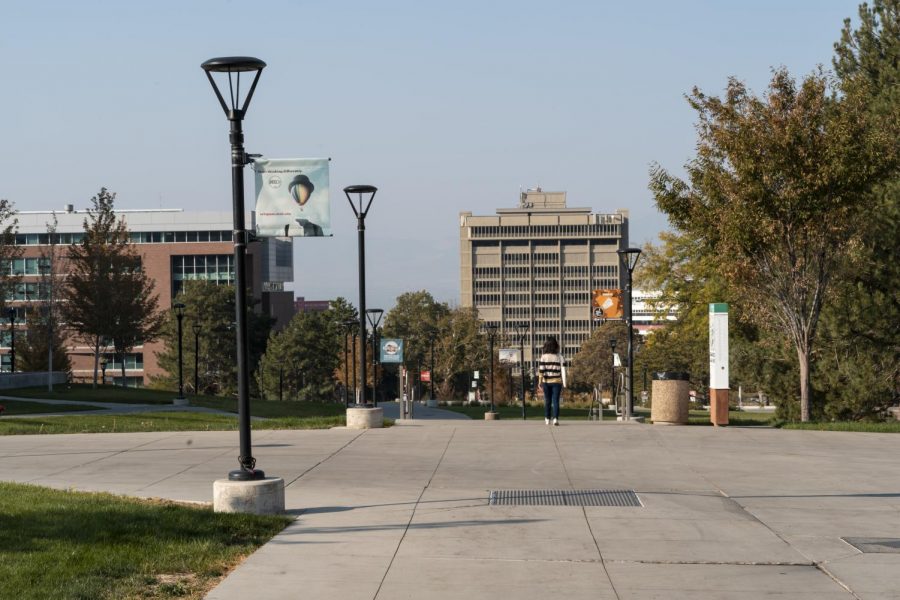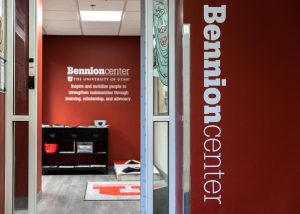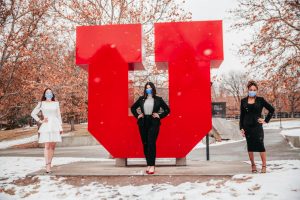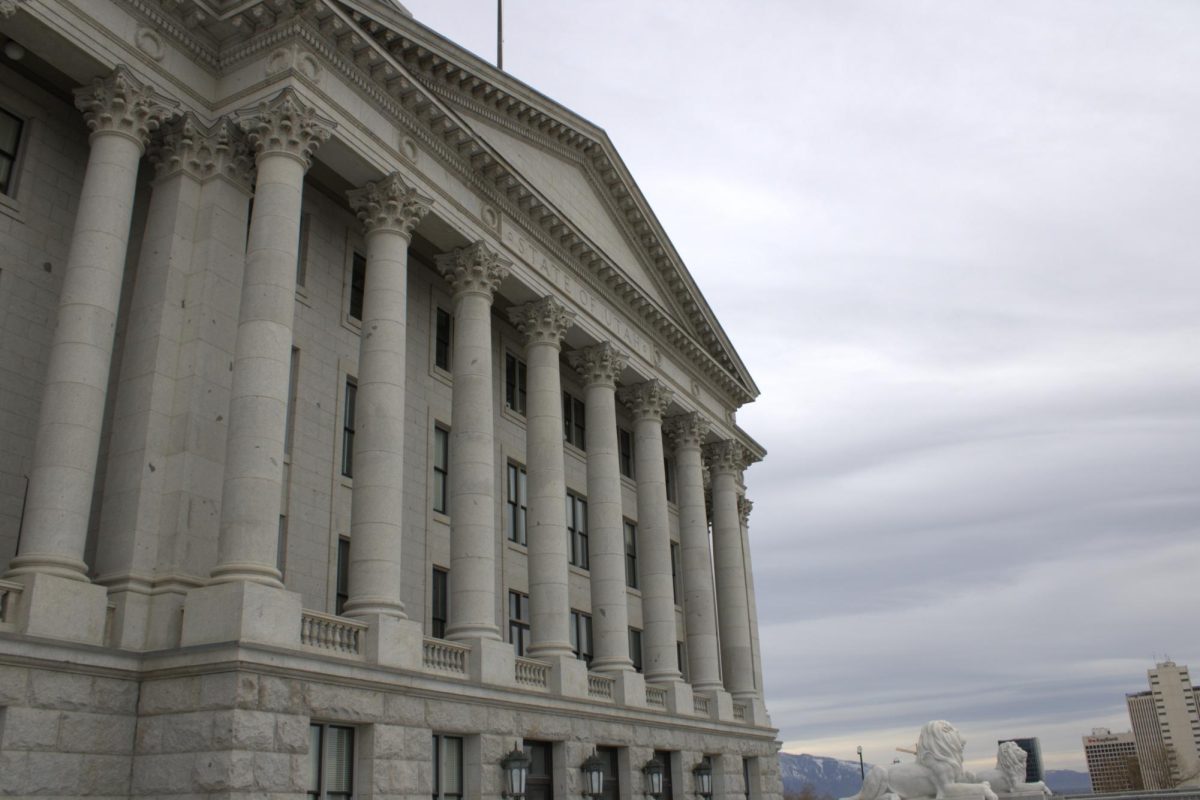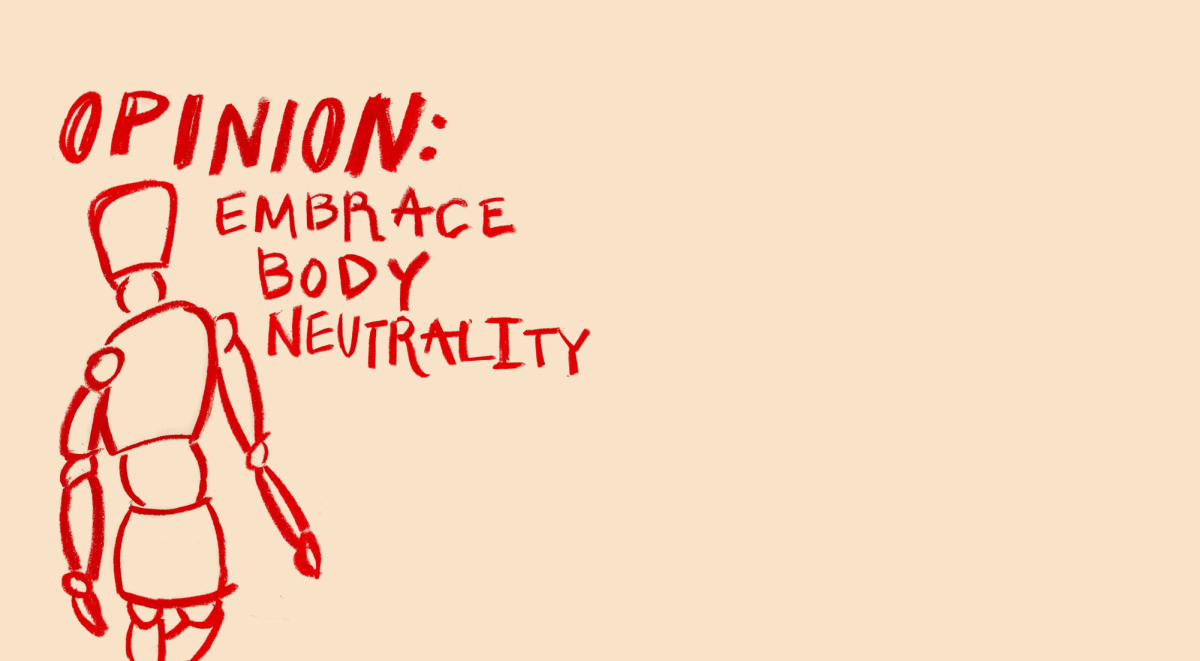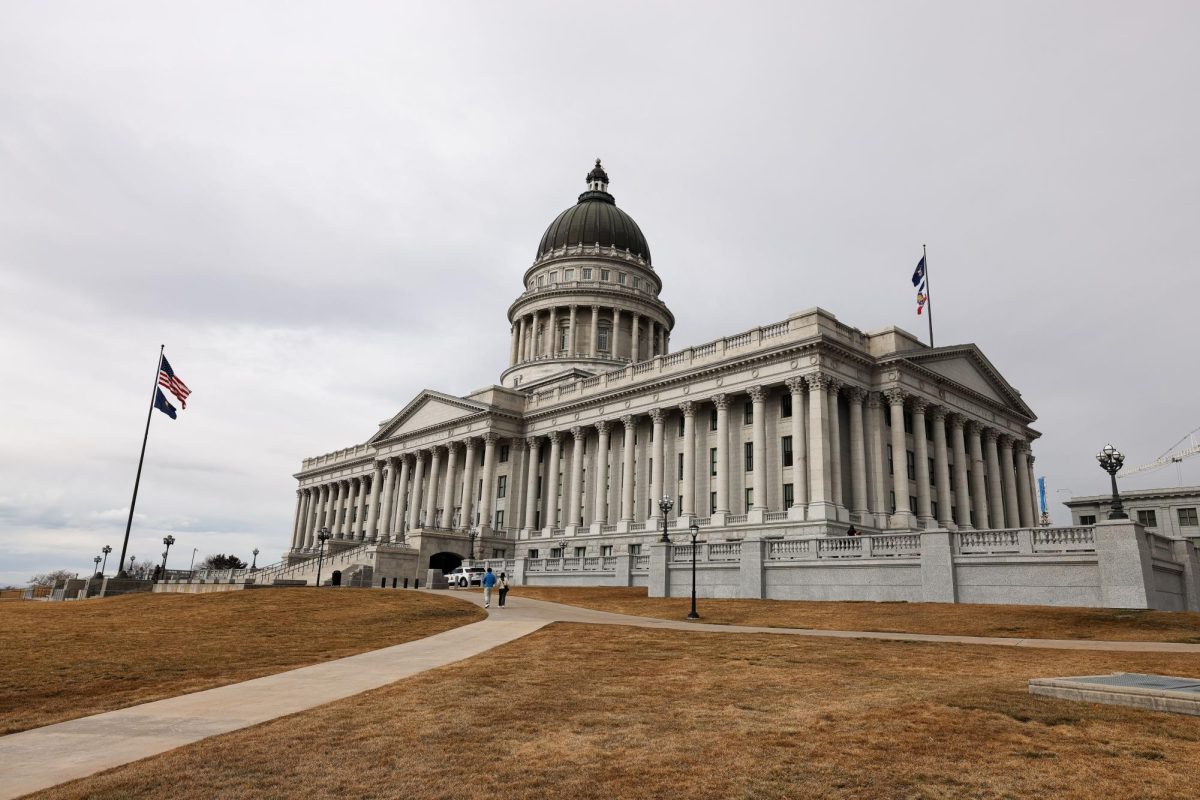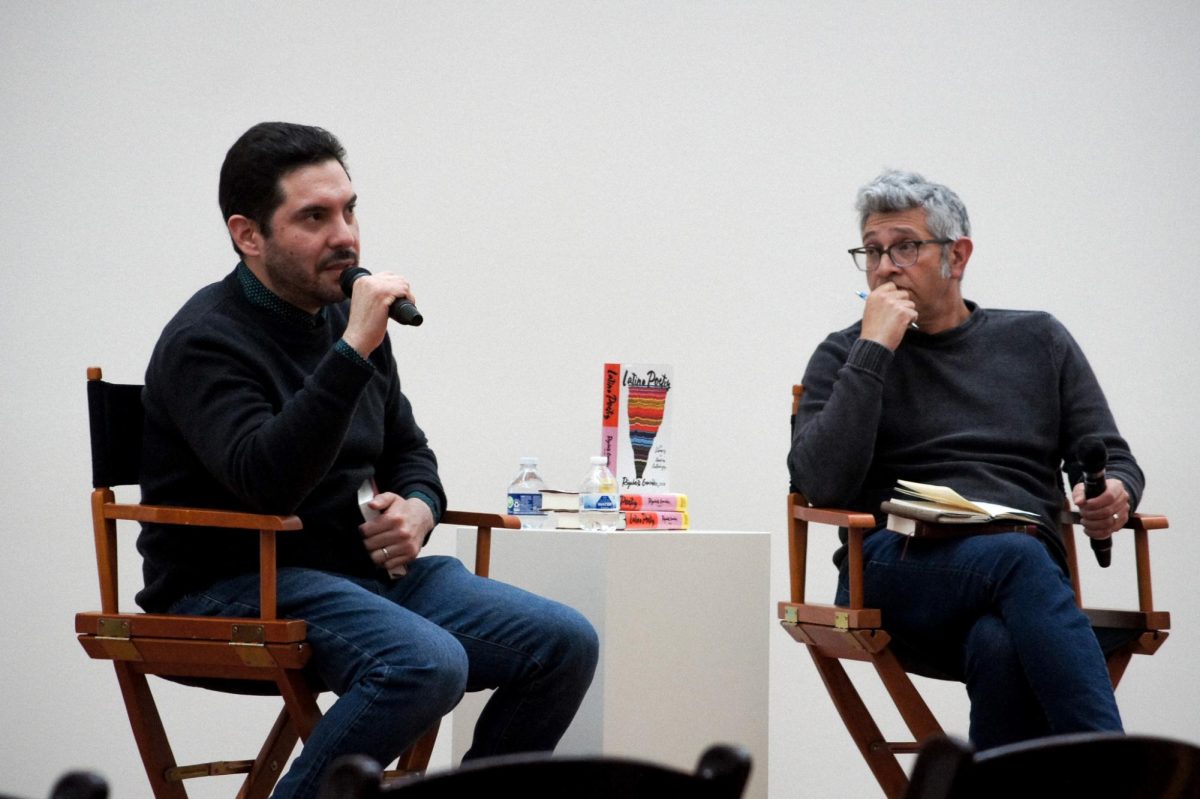U Responds to Social Media Harassment of Native Student
University of Utah Campus in Salt Lake on Oct. 11, 2020. (Photo by Jake Stranzl | The Daily Utah Chronicle)
October 25, 2022
The University of Utah has been monitoring a situation in which a Native student was harassed for practicing his traditional cultural dance using campus facilities.
On Sept. 17, the Inter-Tribal Student Association reported a video posted on social media of a U student affiliated with the Ute and Navajo tribes practicing his traditional dances as a powwow dancer. He was doing so in the Student Life Center and was unknowingly filmed by another person using the facilities. The video was then posted with the caption, “Catch me at the bars tonight like…”
The video was reposted several times with other stereotypical or derogatory captions. The person who filmed the video is still unidentified.
Samantha Eldridge, director of the American Indian Resource Center, said in a written statement that, directly following the report, they took action to make sure Native students on campus felt safe and heard.
“Immediately following the report, the American Indian Resource Center organized a talking circle to provide a safe space for students to share how this incident made them feel and invited a spiritual advisor to lead a blessing ceremony for any students who wanted to cleanse and heal,” she said.
The AIRC also met with students from the Inter-Tribal Student Association and the Vice President for Equity, Diversity and Inclusion, Mary Ann Villarreal, in order “to ensure policies and best practices are in place that protect student safety and privacy, and that all students feel welcomed and have the space to celebrate their cultural identities,” Eldridge said. “The AIRC continues to provide ongoing support to connect students to health and wellness resources and collaborate with campus partners to secure spaces for students to practice their spiritual and sacred traditions.”
There was also a statement sent to students by the Racist and Bias Incident Response team, reporting what had happened and encouraging students to speak up if they had any additional information regarding the incident.
Brian Nicholls, special assistant to the chief safety officer at the U, said, “When things get reported to the Racist and Bias Incident Response Team, we put together a communication that can go out to the campus community to let them know about what happened.”
Nicholls added in these communications, the team looks to identify and contact the affected group, which is those targeted by the incident, and the exposed group, which is those who may have witnessed the incident. In this case, the affected group was Native students on campus, and the exposed group was the entire campus because the video was posted to social media and they could not identify who had seen it.
The Racist and Bias Incident Response Team is mainly a communication entity, Nicholls said, but several other campus entities, including the AIRC, have taken action in response to the incident.
“The American Indian Resource Center is working with some campus partners to try and identify some more places that people can engage in their practices if they didn’t feel comfortable doing it at the Student Life Center,” he said.
Eldridge added that this incident is a symptom of a larger cultural issue in how Native people are viewed which perpetuates harmful stereotypes.
“These negative representations diminish who Native people are and what we are capable of achieving,” she said. “While it is essential that Native students feel they have a voice, the onus for change and educating the larger campus should not rely solely on Native students.”
She said it is the responsibility of non-Native people and the university to ensure that campus spaces are safe and equitable for Native students.
Nicholls emphasized the importance of everyone respecting their fellow community members.
“Engaging in behavior that belittles people or degrades people based on their, you know, cultural beliefs or practices in a way that turns someone into the butt of a joke is actually harmful,” he said. “And I think a lot of people don’t see that it’s harmful, but it really does have some pretty significant impacts in people’s sense of belonging on campus.”
He also said students should remain vigilant and if they witness or are targeted by a racist incident, report it. “Even if they’re not sure whether it should come to the RBIRT team or not, I always still just encourage reporting,” he said. “And then even if it’s not something that belongs with us, I can get them connected to the appropriate places.”
Eldridge also encouraged students to report on the Racist and Bias Incident Report Team’s website if needed. “If students do not feel comfortable using this online platform, they can speak to anyone at the American Indian Resource Center to assist with filing a report,” she said.
Eldridge wanted Native students to know they are wanted on campus, and that though these incidents do occur, they are not reflective of the campus community as a whole.
“We want Native students to know that we see you, we value you, and you are an important part of this university,” she said. “These incidents also don’t define or reflect who you are as a person and we encourage you to continue to practice your traditional and cultural teachings.”


